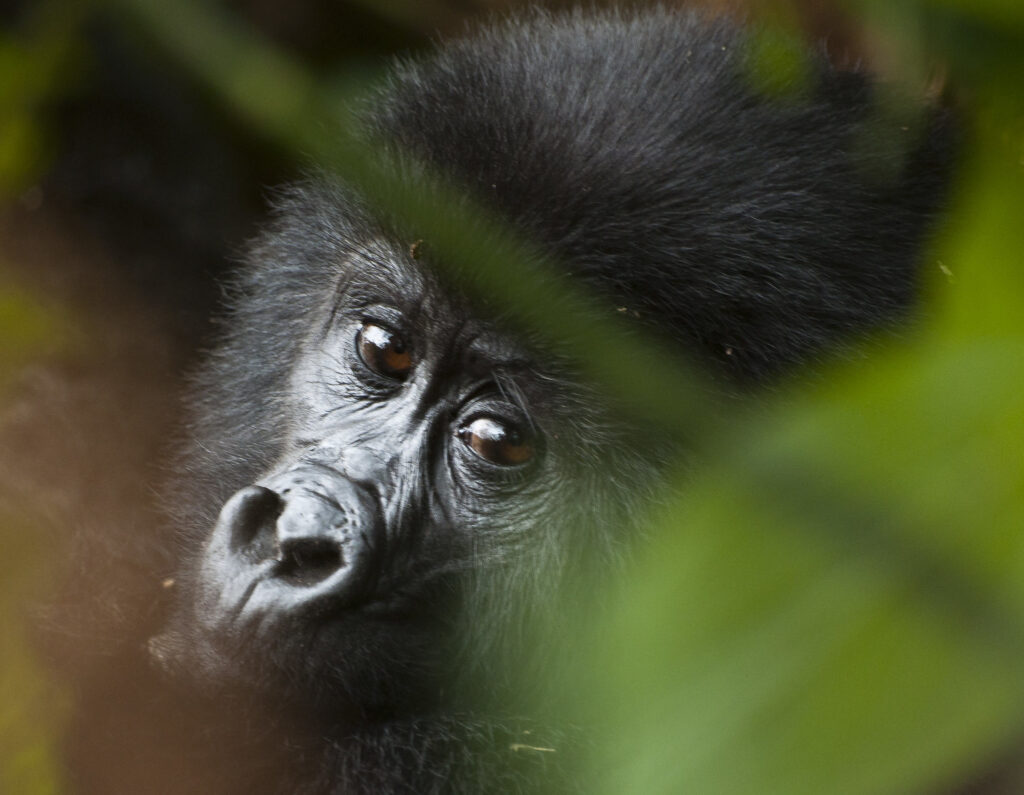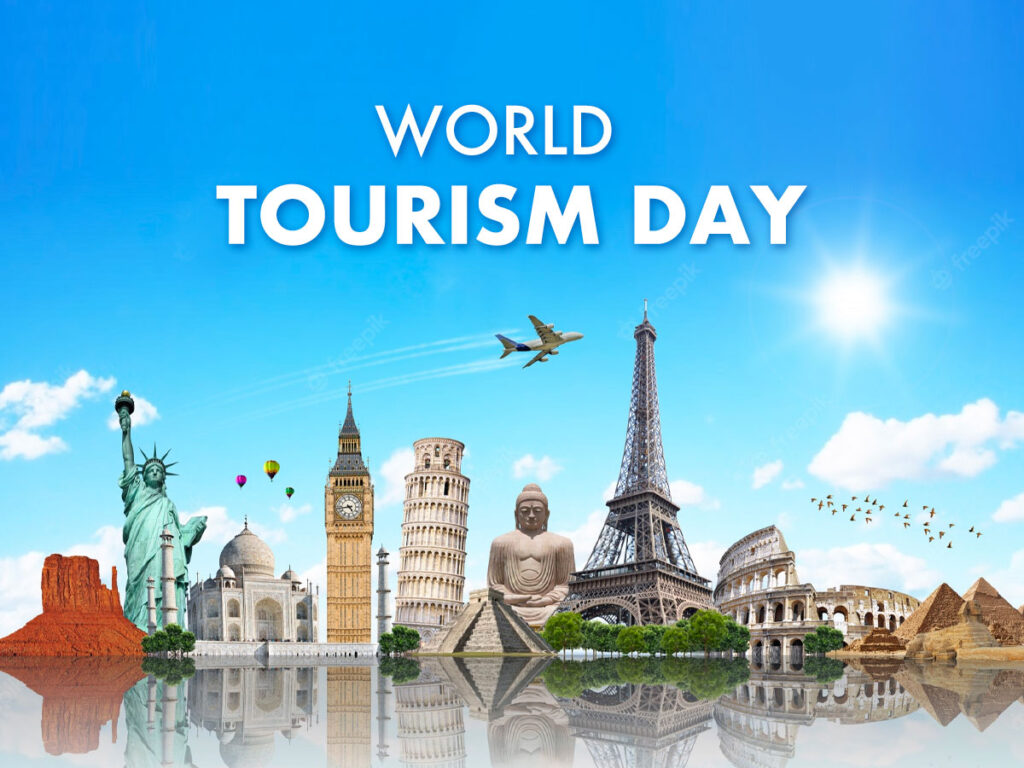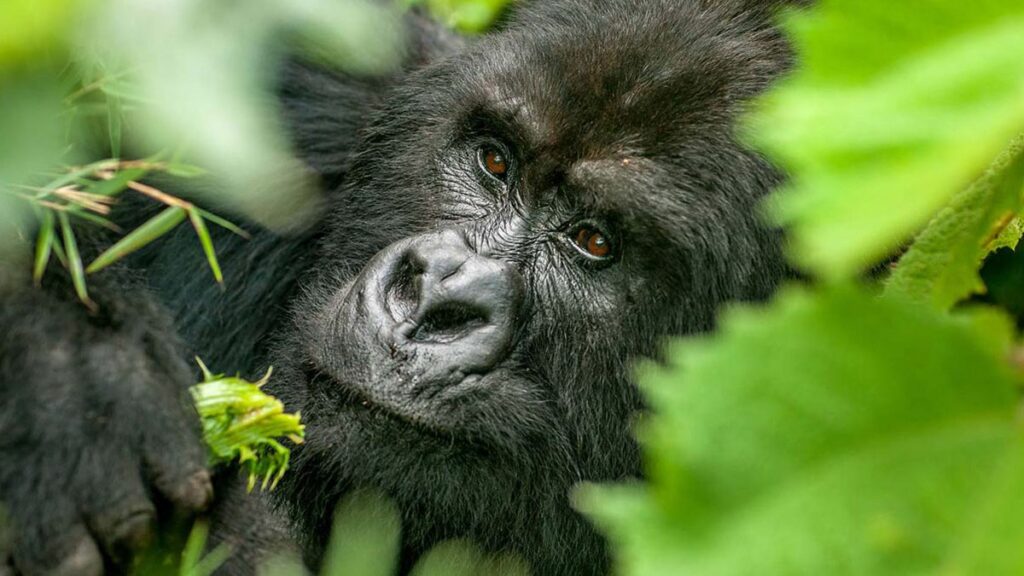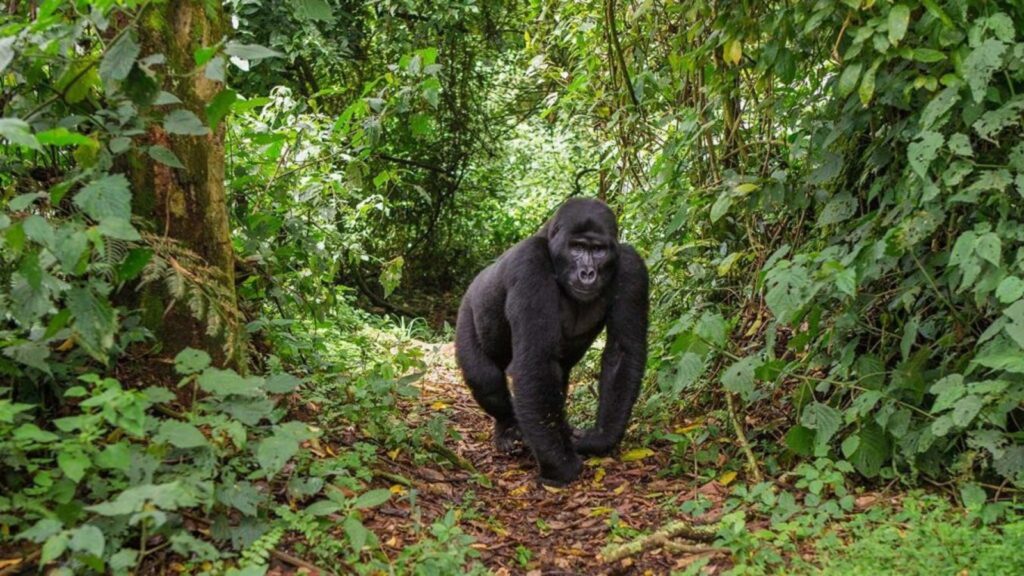Gorilla Trekking and Malaria Prevention – What You Should Know
Gorilla trekking takes you deep into Africa’s tropical forests—home to stunning wildlife, lush landscapes, and unfortunately, mosquitoes that can carry malaria. To enjoy your trip safely, it’s essential to prepare well and protect yourself from this mosquito-borne disease.
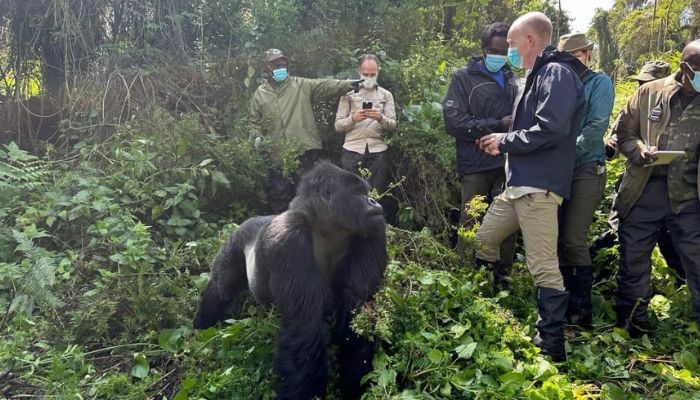
Do You Need Malaria Prevention for Gorilla Trekking?
Yes, you do. Gorilla trekking happens in malaria-prone regions of Uganda, Rwanda, and the Democratic Republic of Congo. Although higher altitudes like Bwindi or Volcanoes National Park have fewer mosquitoes, they are not completely risk-free.
Preventive action is key. A few mosquito bites can ruin your trip—or worse, lead to serious illness.
How to Protect Yourself Against Malaria
-
Take Antimalarial Medication
Consult your travel doctor about antimalarial pills. Common options include:
- Atovaquone-proguanil (Malarone) – short course, well tolerated
- Doxycycline – affordable, but can cause sun sensitivity
- Mefloquine (Lariam) – used less often due to side effects
Start the medication before you arrive, continue during your stay, and finish the course after you leave.
-
Use Insect Repellent
Apply insect repellent that contains DEET (20–50%), picaridin, or IR3535 to all exposed skin, especially in the evenings.
-
Wear Long Sleeves and Pants
Cover your skin, especially at dawn and dusk when mosquitoes are most active. Tuck in your trousers, and wear light-colored clothing.
-
Sleep Under Mosquito Nets
Most lodges near trekking areas provide mosquito nets. Check that they’re treated with insecticide and fully cover your bed.
-
Stay in Screened or Air-Conditioned Rooms
If possible, choose accommodation that uses screened windows or air conditioning. These options reduce mosquito exposure at night.
High-Altitude Locations and Malaria Risk
Some gorilla trekking parks are at high altitudes where malaria transmission is lower:
- Bwindi Impenetrable Forest (1,160–2,607m)
- Volcanoes National Park (2,400–4,507m)
- Mgahinga Gorilla National Park (2,227–4,127m)
Still, you will likely transit through lowland towns or stay in lower-altitude lodges. Always take full precautions throughout your journey.
Symptoms to Watch for After Trekking
Even with prevention, you should monitor your health after returning. Malaria symptoms may appear 7–30 days after a bite:
- Fever
- Chills and sweats
- Headache
- Body aches
- Nausea or vomiting
If you feel sick after your trip, see a doctor and mention your travel history immediately.
Is Malaria a Major Risk for Tourists?
With proper protection, malaria is avoidable. Thousands of travelers trek safely each year by taking medication, dressing properly, and using repellent. Your tour operator and lodge will also advise you on how to stay safe during your stay.
Conclusion
Gorilla trekking is an unforgettable experience, and with simple preventive steps, you can stay safe from malaria. Take antimalarial medication, protect your skin, and sleep under treated nets. A healthy traveler enjoys the trek even more—and leaves with only good memories.

